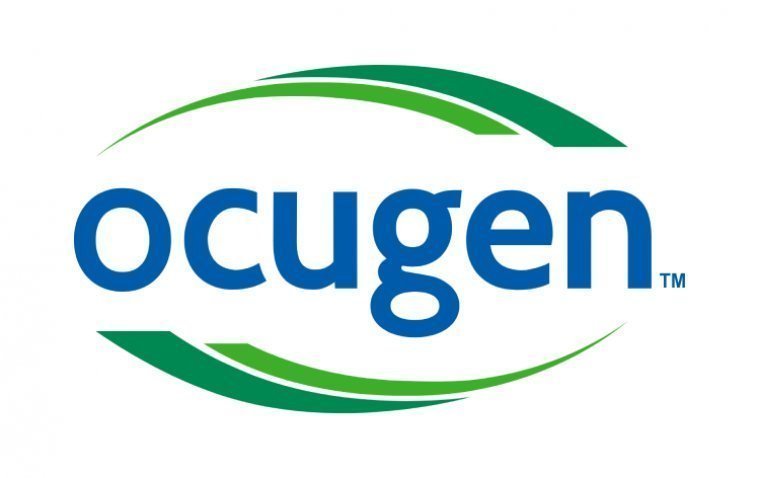
CDC Investigates Multistate Outbreak Linked to Artificial Tears
A recent investigation led by the Centers for Disease Control and Prevention (CDC) has shed light on a multistate outbreak of carbapenemase-producing, carbapenem-resistant Pseudomonas aeruginosa, linked to the use of artificial tears.
The details of the investigation were published in Clinical Infectious Diseases, revealing critical insights into the outbreak's origin and implications.
The collaborative effort involved researchers from the CDC, the Food and Drug Administration (FDA), and multiple state and local health departments. The investigation identified a total of 81 case patients across 18 states, spanning from May to November 2022. The outbreak was initially traced back to an ophthalmology clinic in Los Angeles, with a significant portion of patients treated at healthcare facilities in three states.
Tragically, the outbreak resulted in severe consequences for many patients, including fatalities, eye removal surgeries, and vision loss. Among the findings, it was noted that the majority of case patients reported using artificial tears, with a significant proportion using a preservative-free, over-the-counter product known as Brand A, manufactured in India.
A thorough case-control study further confirmed the association between the use of artificial tears, particularly Brand A, and the outbreak. Whole-genome sequencing of isolates from case-patients and Brand A bottles revealed a genetic connection, indicating contamination originating from the manufacturing site.
"The combination of epidemiology and laboratory evidence leaves no doubt that Brand A artificial tears were the source of the outbreak," the authors stated. They emphasized the importance of proposed FDA legislative changes aimed at enhancing regulatory requirements for sterile manufacturing facilities, particularly for over-the-counter products, to prevent similar incidents in the future.
Reference
https://academic.oup.com/cid/advance-article/doi/10.1093/cid/ciae052/7601234
(1).jpg)










